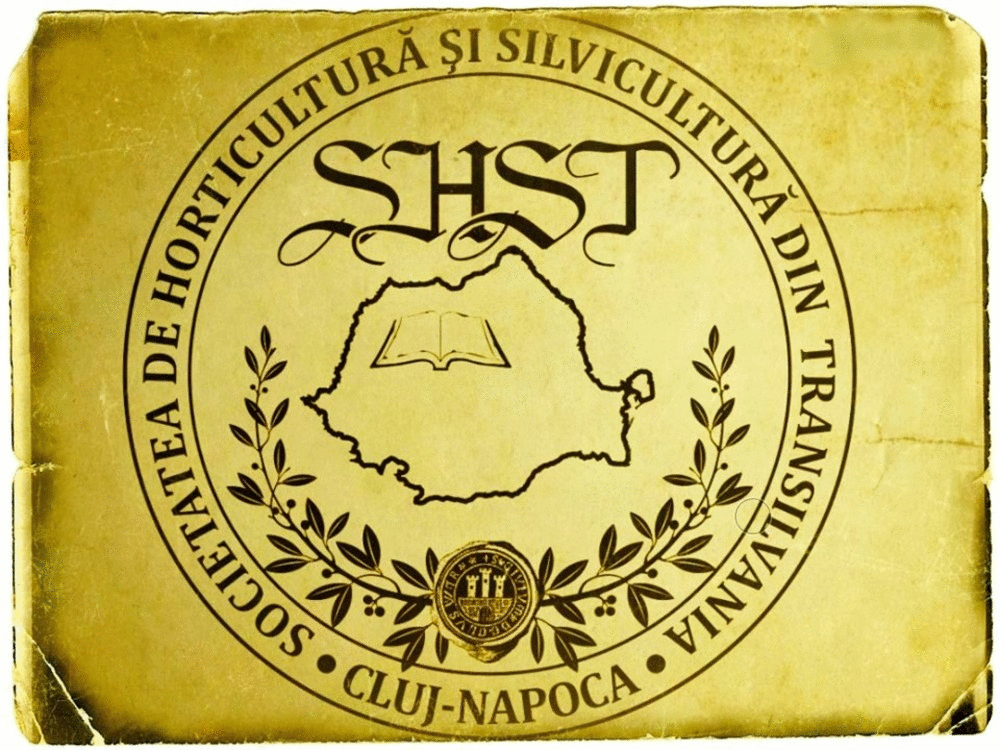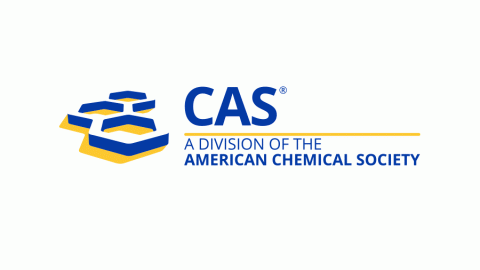Molecular Characterization of Fusarium oxysporum G30 Isolated from Vegetable Wastes in Imphal, Northeast India
DOI:
https://doi.org/10.15835/nsb729514Keywords:
complex; decomposition; frequency of occurrence; Fusarium oxysporum species complex; microbial growth; new strain; vegetable waste managementAbstract
A new strain of Fusarium oxysporum (Schl.) emend. Synder & Hansen, viz. Fusarium oxysporum G30, is reported from seven different decomposing vegetable wastes and a mixture of the same in equal proportions, in Imphal, Northeast India. This strain was isolated by surface sterilization technique, followed by re-culturing till pure culture was obtained. The pure culture was characterised morphologically based on the colony features: colour, texture, colony diameter; conidial features: macro and microconidial shape, size, septation, presence of chlamydospores and foot-shaped basal cells. The strain was also identified at molecular level by partial sequencing using universal primers, ITS4 and ITS5. The ITS data reveals that isolated culture (F. oxysporum G30) match the existing isolates in Gen Bank (Gen Bank accession No. GQ497156.1) by 99% and it has got a code segment particular to this strain. This strain showed ubiquitous nature with mean percent frequency of occurrence ranging from 39.5 to 68% at various stages of decomposition of the selected vegetable wastes.
Metrics
Downloads
Published
How to Cite
Issue
Section
License
Papers published in Notulae Scientia Biologicae are Open-Access, distributed under the terms and conditions of the Creative Commons Attribution License.
© Articles by the authors; licensee SMTCT, Cluj-Napoca, Romania. The journal allows the author(s) to hold the copyright/to retain publishing rights without restriction.
License:
Open Access Journal - the journal offers free, immediate, and unrestricted access to peer-reviewed research and scholarly work, due SMTCT supports to increase the visibility, accessibility and reputation of the researchers, regardless of geography and their budgets. Users are allowed to read, download, copy, distribute, print, search, or link to the full texts of the articles, or use them for any other lawful purpose, without asking prior permission from the publisher or the author.













.png)















